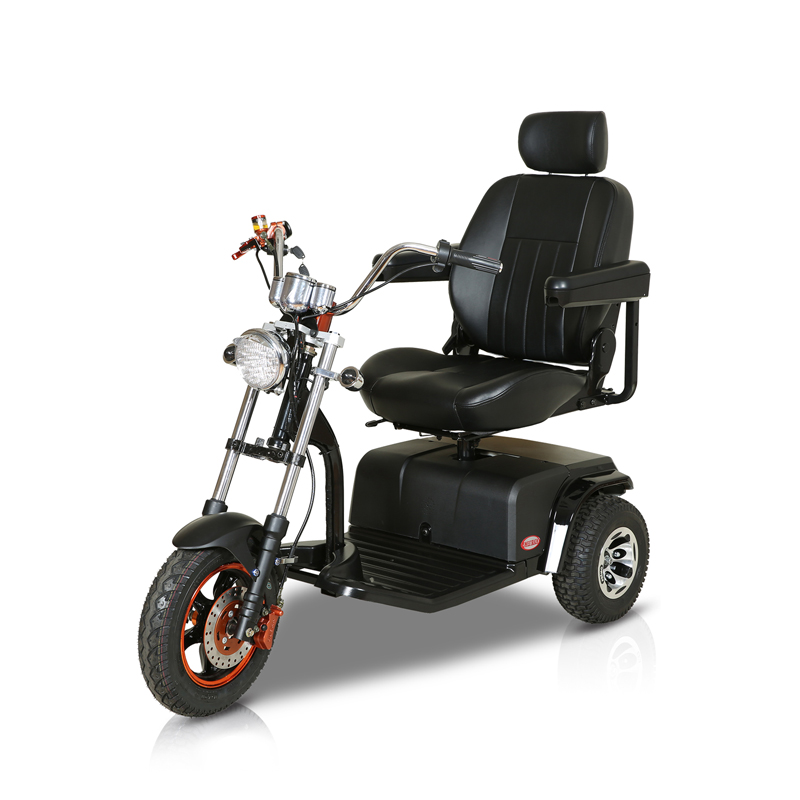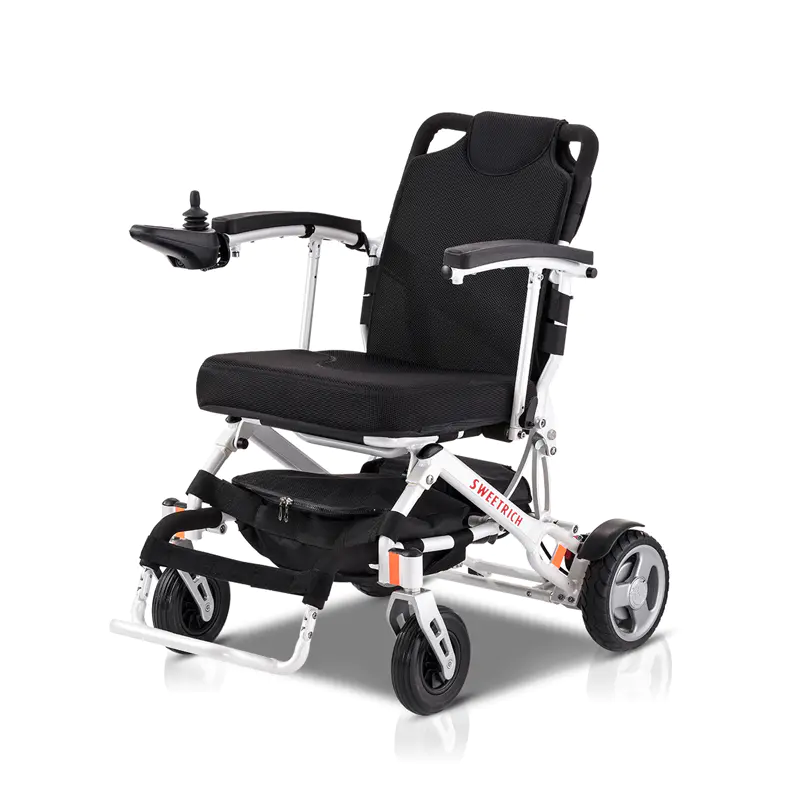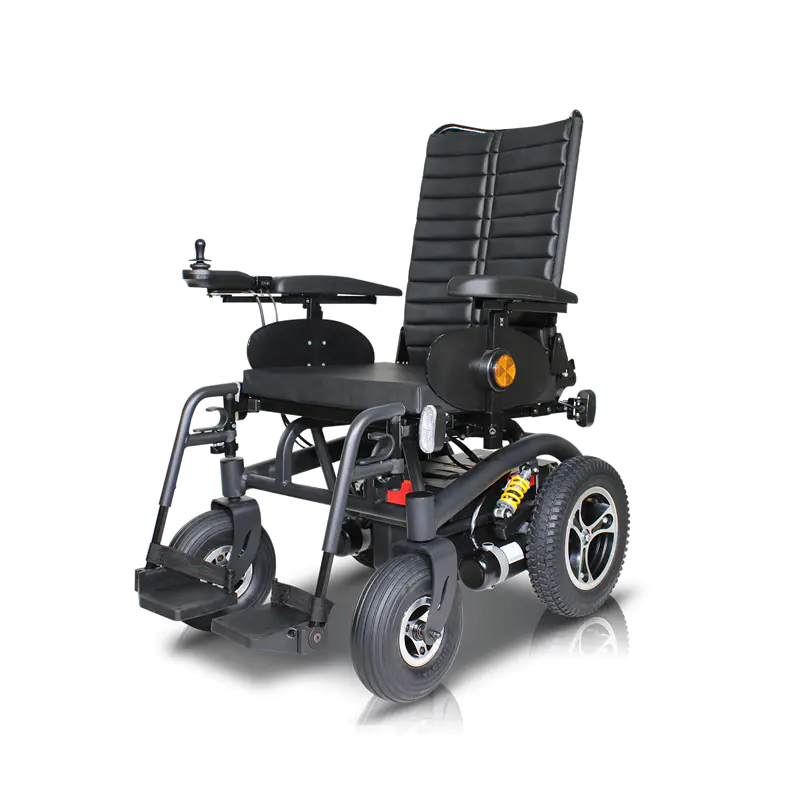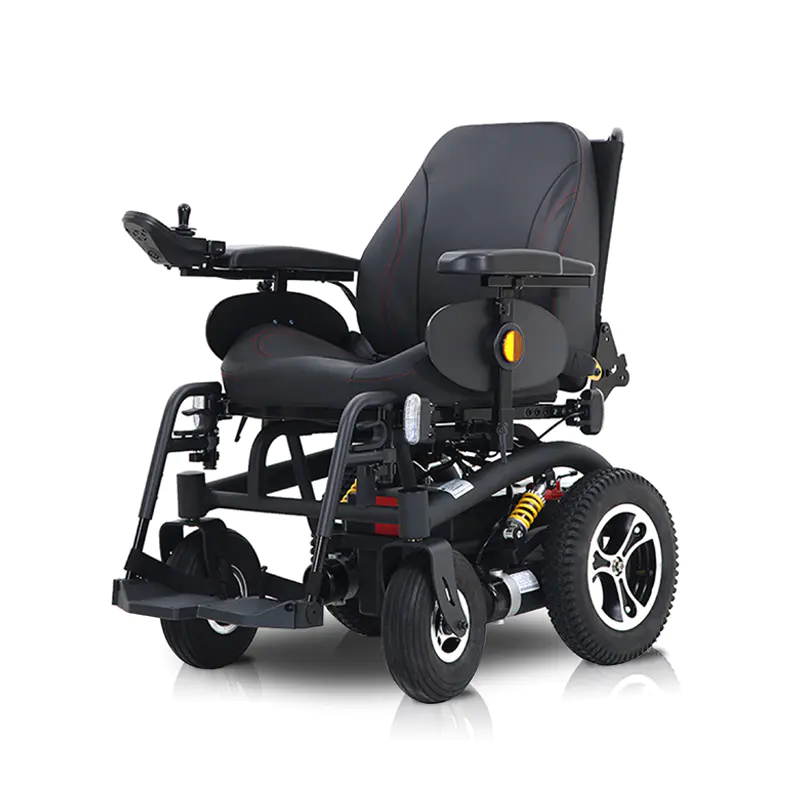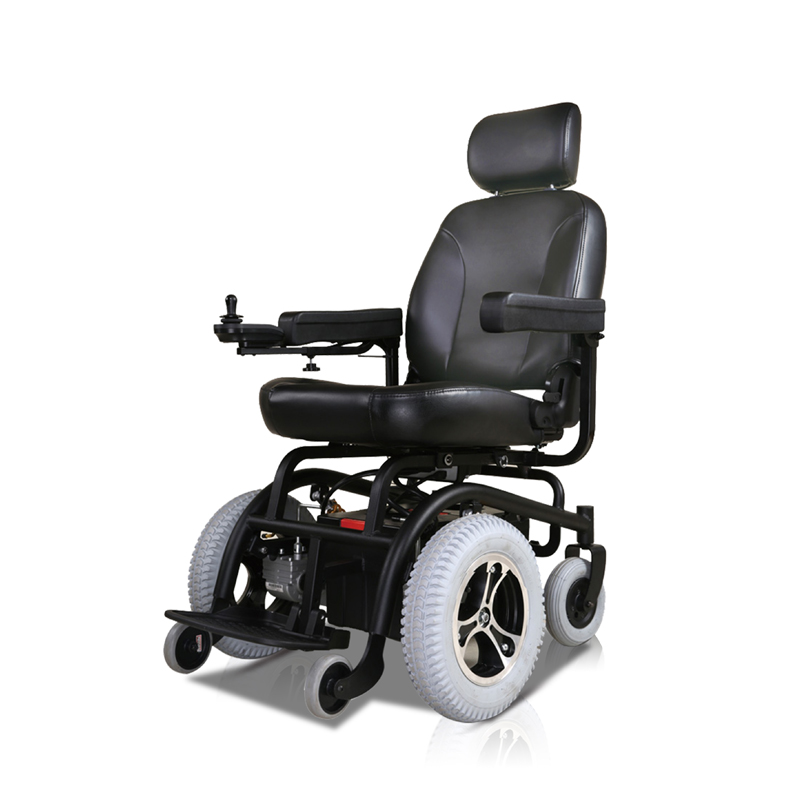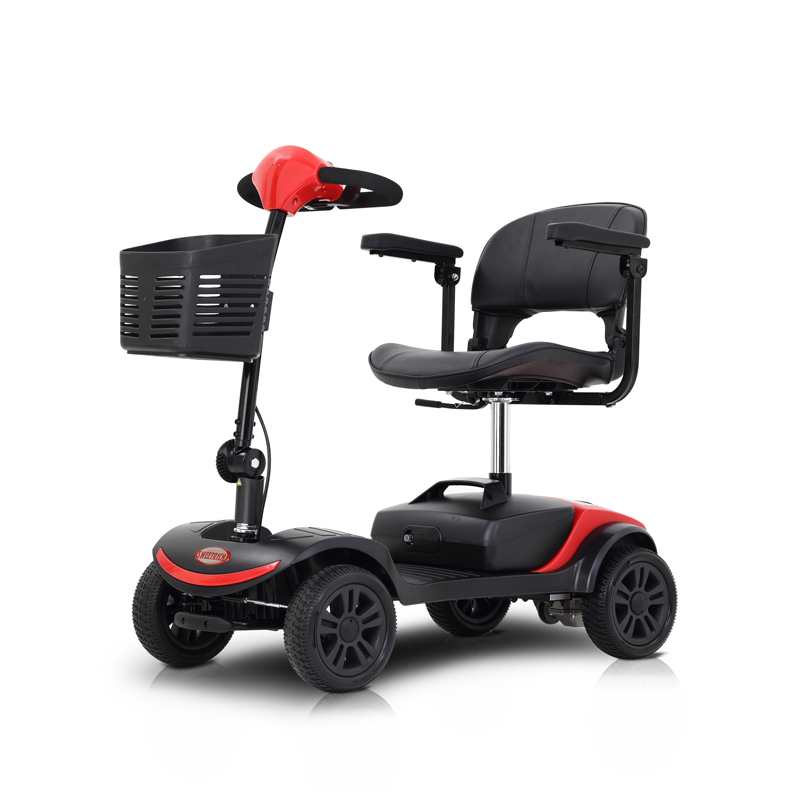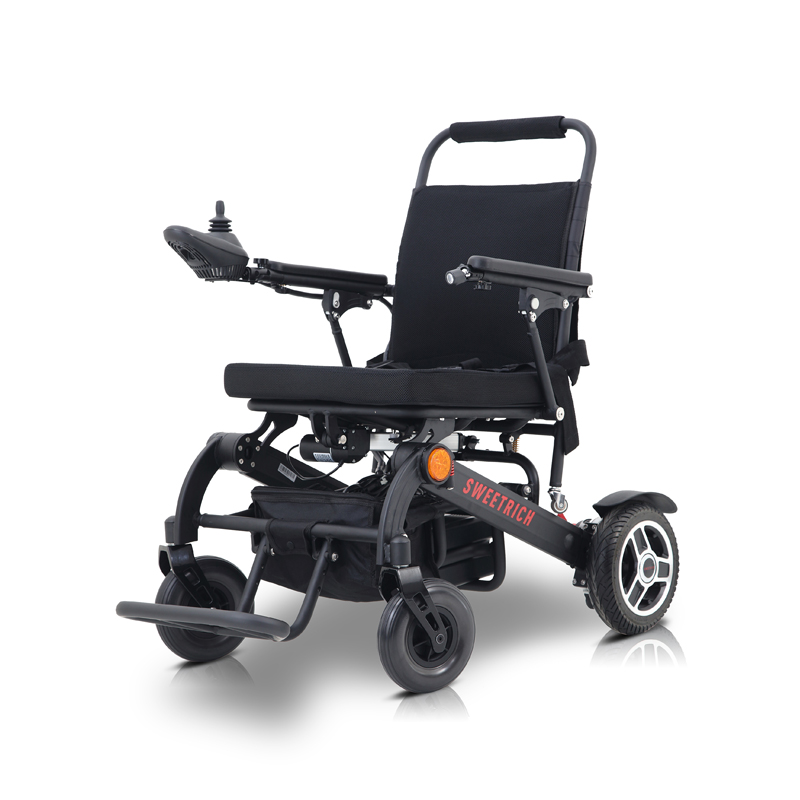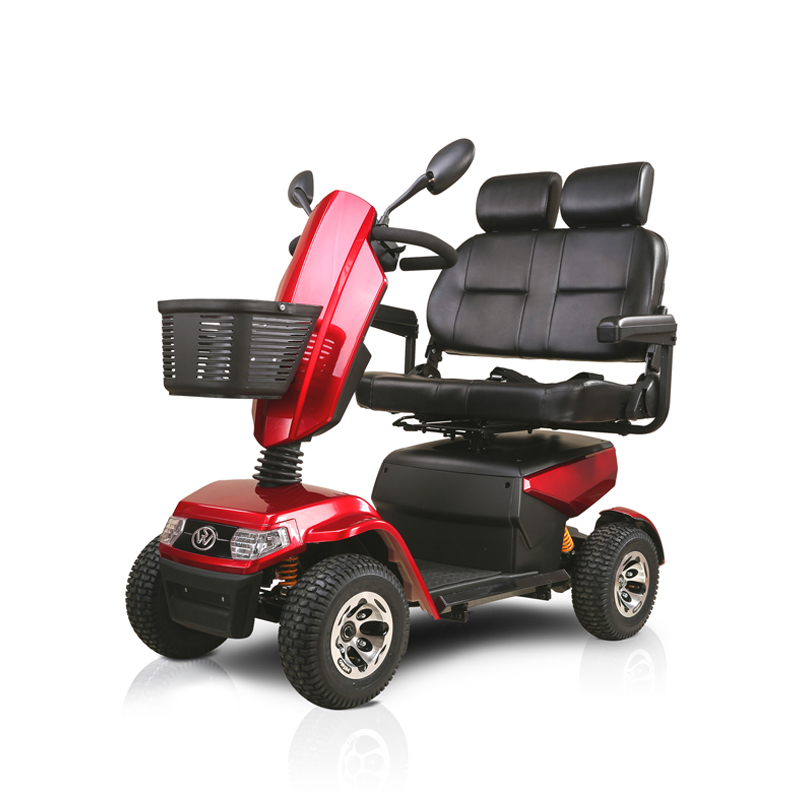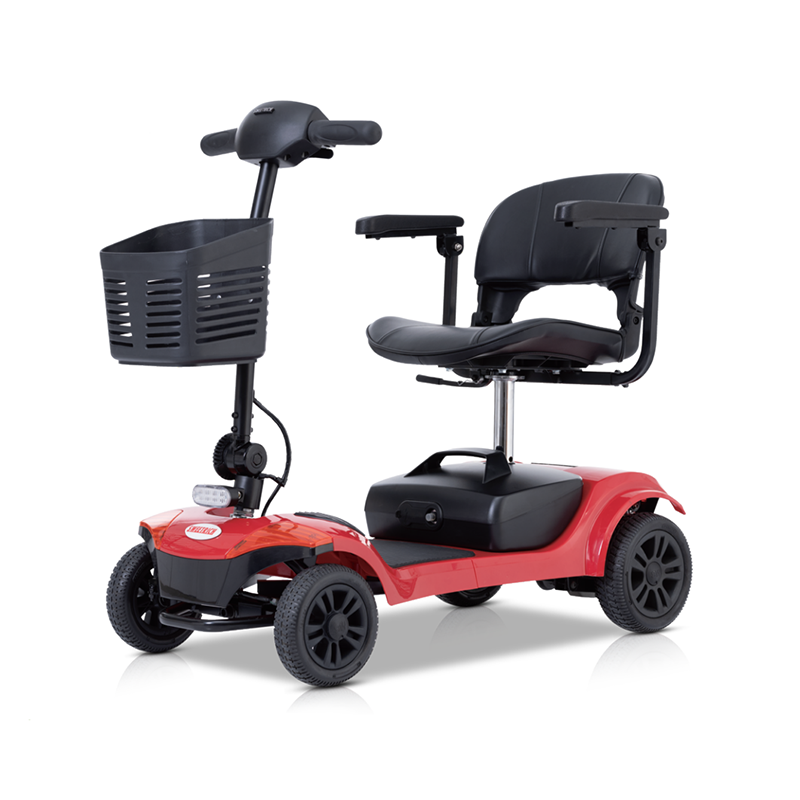In the realm of personal mobility, portability and performance have long been at odds. While traditional electric wheelchairs provide essential support for users with limited mobility, they are often bulky, heavy, and slow to charge. In recent years, however, the landscape of personal mobility has undergone a dramatic transformation, largely thanks to advancements in battery technology. The integration of lithium battery technology into portable electric wheelchair.
For decades, sealed lead-acid batteries were the default choice for electric wheelchairs. Although functional, they come with clear drawbacks: excessive weight, slow charging times, limited energy output, and short lifespans. This outdated technology restricted the mobility of electric wheelchairs, making travel more difficult and everyday use more cumbersome.
One of the key advantages of lithium batteries compared to lead-acid batteries is their smaller size, lighter weight, and higher energy efficiency. This shift enables better performance without compromising portability.
Traditional batteries often make wheelchairs bulky and difficult to transport or fold. Lithium batteries, on the other hand, significantly reduce weight—sometimes by as much as 60%—making the entire wheelchair easier to handle for both users and caregivers.
Beyond their lightweight nature, lithium batteries also offer notable energy efficiency and extended range. While lead-acid batteries tend to have limited range and longer charging times, a single charge with a lithium battery can power a wheelchair for an entire day. This allows users to complete daily tasks, attend appointments, or enjoy outdoor leisure without worrying about battery life.
Although lithium batteries involve a higher upfront cost, their lifespan far exceeds that of lead-acid batteries. Typically, lithium batteries can endure over 1,000 charge cycles, which translates into years of use before needing replacement. This reduces long-term maintenance and replacement costs while offering greater peace of mind.
From an environmental perspective, lithium batteries are more efficient, contain fewer toxic elements, and are easier to recycle. Phasing out lead-acid battery technology aligns with global efforts to reduce electronic waste and promote cleaner, more sustainable energy use.
The impact of lithium battery technology goes far beyond technical specifications—it redefines how users interact with their mobility devices, creating a better overall experience. Whether flying, using public transportation, or simply going about daily life, users now have access to a more practical and powerful solution.
As technology continues to advance, lithium batteries will likely remain at the core of innovation in the personal mobility sector, shaping the future of independence and freedom through thoughtful design.

